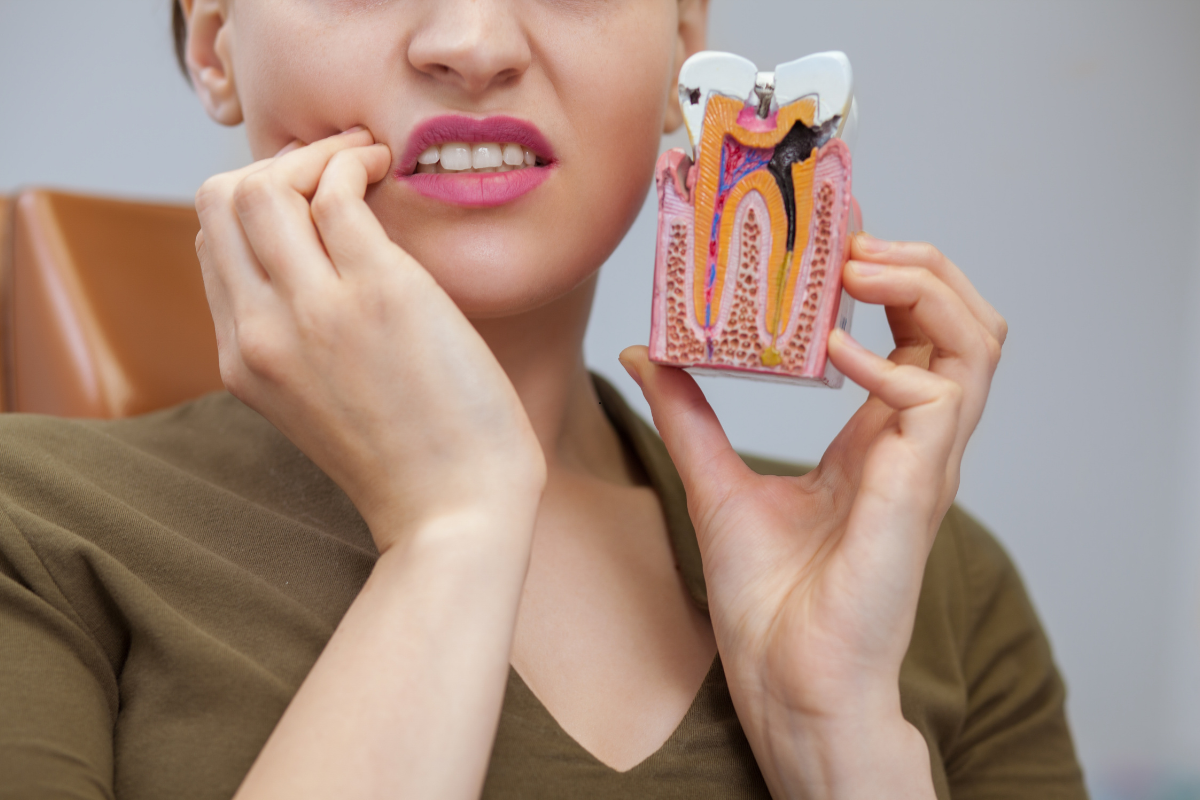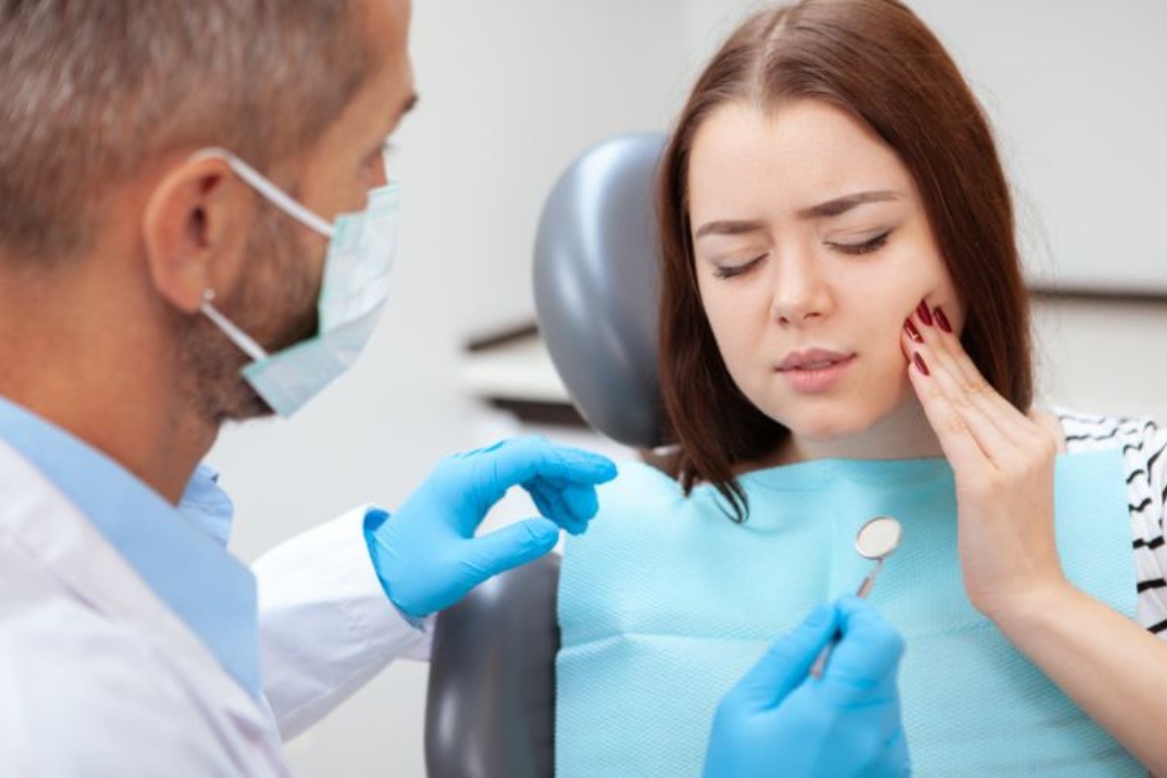San Jose, CA
Is Cavity A Dental Emergency?


Cavities are a common issue that many people face, often without even realizing it until the problem becomes too big to ignore. Imagine this: you’re enjoying your favorite meal, and suddenly, a sharp pain shoots through your tooth. It’s a small but unmistakable sign that something is wrong. But is it just a minor inconvenience, or could it be a sign of a dental emergency? The reality is, not all cavities are created equal, and understanding when a simple cavity crosses the line into emergency territory is crucial for your oral health. If you’ve ever wondered whether that tiny hole in your tooth could lead to bigger problems, keep reading to find out when you need to act fast and seek immediate care.
Understanding Cavities
Cavities are a common dental issue that many people face at some point in their lives. These small holes or decayed areas in the teeth are caused by a combination of factors, including poor oral hygiene, frequent snacking, and bacteria buildup. While cavities are prevalent, they often go unnoticed until symptoms like toothache or sensitivity arise. But the question remains: Is a cavity something that warrants immediate attention, or can it be managed with a regular dental visit?
What Exactly Is a Cavity?
A cavity begins with the gradual erosion of tooth enamel, the hard outer surface of the tooth, due to acids produced by bacteria in the mouth. This process often starts without noticeable symptoms, making it easy to ignore. However, as the decay progresses, it penetrates deeper into the tooth, affecting the dentin, a softer layer beneath the enamel. If left untreated, the decay can reach the tooth’s inner pulp, leading to pain, infection, and potentially more severe dental issues.
Early Signs and Symptoms of a Cavity
Understanding the early signs of a cavity can help you take action before the problem worsens. Common symptoms include:
- Tooth Sensitivity: Increased sensitivity to hot, cold, or sweet foods and drinks is often an early indication that a cavity is forming.
- Toothache: Persistent pain or discomfort in a tooth, especially when biting down, can signal that decay has progressed.
- Visible Holes or Pits: Dark spots or visible holes in the teeth may be signs of advanced cavities.
- Bad Breath: Chronic bad breath or a foul taste in the mouth can sometimes be linked to cavities or other dental issues.
Recognizing these signs early and consulting a dental professional can prevent the cavity from developing into a more serious condition.
When Does a Cavity Become a Dental Emergency?
Not all cavities are considered dental emergencies, but there are situations where immediate care is necessary. The distinction between a routine dental issue and an emergency depends on the severity of the symptoms and the risk of complications.
Severe Tooth Pain
One of the most common indicators that a cavity has escalated to an emergency is severe, unrelenting tooth pain. When the decay reaches the inner pulp of the tooth, it can cause intense pain due to inflammation and infection. This pain may be spontaneous or triggered by chewing, exposure to hot or cold temperatures, or even while lying down. If the pain is disrupting your daily life, it’s crucial to seek emergency dental care.
Infection and Abscess Formation
If a cavity is left untreated, bacteria can infiltrate the tooth’s pulp, leading to an infection. This can result in an abscess, a pocket of pus that forms at the tip of the tooth’s root. An abscess can cause significant pain, swelling in the face or jaw, fever, and swollen lymph nodes. In severe cases, the infection can spread to other parts of the body, posing a serious health risk. An abscessed tooth is a clear dental emergency and requires prompt treatment to prevent complications.
Risk of Tooth Loss
Advanced cavities can compromise the structural integrity of a tooth. If the decay is extensive, the tooth may become weak, brittle, or even fractured. In such cases, immediate dental intervention is necessary to save the tooth and prevent further damage. If the tooth cannot be saved, extraction may be required to prevent the spread of infection or damage to adjacent teeth.
Treatment Options for Cavities
The treatment for cavities depends on the extent of the decay and the severity of the symptoms. Early intervention is key to preventing the cavity from progressing and causing more serious issues.
Dental Fillings
For cavities that are caught early, dental fillings are the most common treatment. The decayed portion of the tooth is removed, and the area is filled with a material such as composite resin, amalgam, or porcelain. This restores the tooth’s function and appearance while preventing further decay.
Root Canal Therapy
If the cavity has reached the tooth’s pulp, a root canal may be necessary. This procedure involves removing the infected pulp, cleaning the inside of the tooth, and sealing it to prevent reinfection. A crown is often placed over the tooth to protect it and restore its function.
Tooth Extraction
In cases where the tooth is severely damaged and cannot be saved, extraction may be the only option. This procedure involves removing the tooth to prevent the spread of infection. After extraction, options for replacing the missing tooth, such as dental implants or bridges, can be discussed with your dentist.
Emergency Dental Care
In situations where a cavity has escalated to an emergency, immediate treatment is essential. Emergency dental care may involve pain management, infection control, and prompt intervention to address the issue. It’s important to have a trusted dentist or emergency dental clinic to turn to when urgent care is needed.
Preventing Cavities and Dental Emergencies
While cavities are common, they are also largely preventable with proper oral hygiene and regular dental checkups. Taking proactive steps to care for your teeth can reduce the risk of cavities and the need for emergency dental care.
Regular Dental Visits
Routine dental visits are crucial for maintaining oral health and catching cavities early. During these visits, your dentist can identify signs of decay and provide treatments like fluoride applications or dental sealants to protect your teeth. Regular cleanings help remove plaque and tartar buildup, reducing the risk of cavities.
Good Oral Hygiene Practices
Brushing and flossing regularly are essential for preventing cavities. Brush your teeth at least twice a day with fluoride toothpaste and floss daily to remove food particles and plaque from between your teeth. Using an antiseptic mouthwash can also help reduce bacteria in the mouth.
Healthy Diet Choices
What you eat plays a significant role in your oral health. Limiting sugary and acidic foods can reduce the risk of cavities. Opt for a balanced diet rich in fruits, vegetables, whole grains, and dairy products to support strong teeth and gums. Drinking plenty of water throughout the day helps rinse away food particles and bacteria.
Protecting Your Teeth
If you participate in sports or activities that put your teeth at risk, wearing a mouthguard can help prevent injury. Additionally, avoiding habits like chewing on ice or using your teeth to open packages can reduce the risk of damaging your teeth.
The Importance of Acting Quickly
When it comes to cavities, early intervention is key. While not every cavity is a dental emergency, delaying treatment can lead to more serious issues down the line. If you experience severe pain, signs of infection, or other concerning symptoms, it’s important to seek dental care immediately. Ignoring a cavity can result in the need for more extensive and costly treatments in the future.
How to Handle a Dental Emergency
If you find yourself in a situation where a cavity has escalated to a dental emergency, it’s important to know how to respond. Start by contacting your dentist or an emergency dental clinic as soon as possible. In the meantime, you can manage pain with over-the-counter pain relievers and by applying a cold compress to the affected area to reduce swelling. Avoid eating hard or crunchy foods that could aggravate the situation, and rinse your mouth with warm salt water to help cleanse the area.
Planning for Future Care
After addressing a dental emergency, it’s important to follow up with your dentist for ongoing care. This may involve additional treatments, such as further fillings, crowns, or root canal therapy, to fully resolve the issue and prevent future problems. Your dentist will also work with you to develop a comprehensive oral health plan to keep your teeth and gums healthy moving forward.
Final Thoughts
Understanding when a cavity becomes a dental emergency is crucial for maintaining your oral health. While not all cavities require immediate attention, recognizing the signs of a severe problem can help you take action before it worsens. By practicing good oral hygiene, making regular dental visits a priority, and knowing when to seek emergency care, you can prevent cavities from becoming a more serious issue.
In cases where you do face an urgent situation, finding a reliable emergency dentist in San Jose is essential. Acting quickly can save your tooth and alleviate pain, helping you get back to your daily routine with peace of mind.
Taking charge of your oral health starts with awareness and proactive care. Don’t wait for a cavity to become a problem—prioritize your dental health today and enjoy the benefits of a healthy, pain-free smile for years to come.



